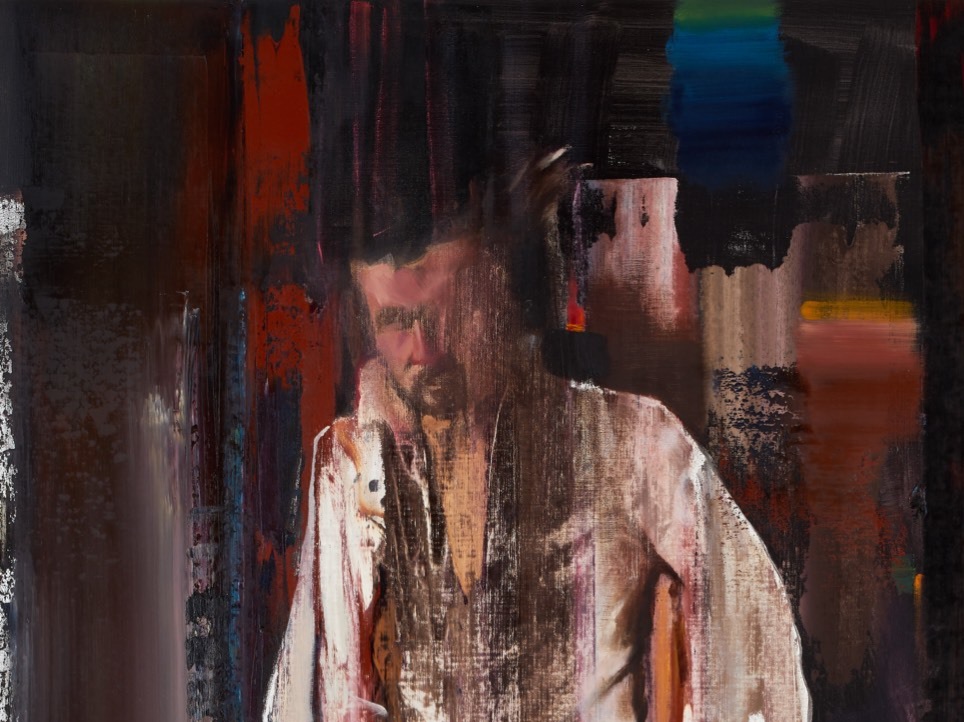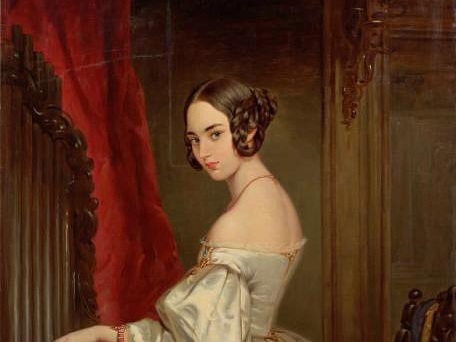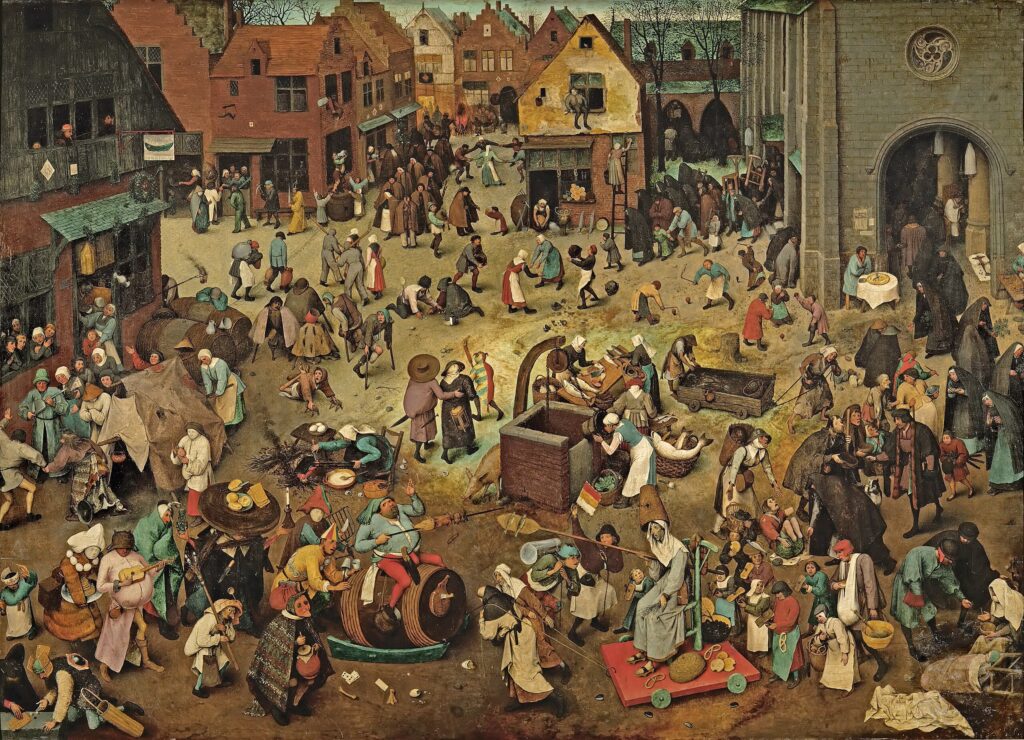Gustave Caillebotte, a renowned French Impressionist painter, was known for his ability to capture ordinary scenes in a unique way. One of his most celebrated works, “Paris Street, Rainy Day” (1877), is a masterpiece that beautifully encapsulates the rainy atmosphere of Paris.
Caillebotte’s choice of location for his painting, the streets of Paris, played a crucial role in establishing the rainy atmosphere. The city’s wide boulevards, grand architecture, and bustling activity served as the perfect backdrop for his composition. The wet cobblestones and glistening reflections added depth and realism to his portrayal of the rainy day.
Composition and Perspective
Caillebotte’s meticulous attention to composition and perspective is evident in “Paris Street, Rainy Day.” The painting features a diagonal composition, with the perspective leading the viewer’s gaze from the foreground to the background. This creates a sense of depth and immersion, as if the viewer is walking down the street alongside the figures in the painting. The use of vanishing points and converging lines adds to the overall sense of realism.
Play of Light and Reflections
One of the defining characteristics of “Paris Street, Rainy Day” is Caillebotte’s masterful depiction of light and reflections. The diffused light from the overcast sky casts a soft glow over the scene, creating a subdued and melancholic atmosphere. The wet surfaces of the street reflect the surrounding buildings, umbrellas, and people, adding a shimmering quality to the painting. These reflections not only enhance the rainy ambiance but also provide a sense of movement and liveliness.

Attention to Detail
Caillebotte’s meticulous attention to detail is evident in every aspect of the painting. The figures he portrayed are not just anonymous passersby but individuals with distinct personalities. Their fashionable attire, umbrellas, and hats give a glimpse into the social dynamics of 19th-century Paris. The artist’s careful rendering of the architectural elements, such as the ornate balconies and facades of the buildings, adds to the overall realism and sense of place.
Dynamic Composition
Caillebotte’s composition in “Paris Street, Rainy Day” is dynamic and full of movement. The figures in the foreground and background are carefully positioned to create a sense of depth and balance. The tilted umbrellas, the varied poses, and the walking figures capture the energy and rhythm of a rainy day in the city. This dynamic composition draws the viewer into the scene, making them feel as if they are part of the bustling crowd.
Emotional Resonance
Beyond its technical brilliance, “Paris Street, Rainy Day” resonates emotionally with viewers. The rainy ambiance, combined with the solitary figures and the sense of isolation they evoke, creates a somber and contemplative mood. The painting captures a fleeting moment in time, frozen in its rainy melancholy, inviting viewers to reflect on their own experiences and emotions.
Conclusion
Gustave Caillebotte’s “Paris Street, Rainy Day” is a masterpiece that skillfully captures the perfect rainy atmosphere. Through careful attention to composition, perspective, light, reflections, and detail, Caillebotte brings the streets of Paris to life, immersing the viewer in the rainy ambiance. The painting’s dynamic composition and emotional resonance make it a timeless work of art that continues to captivate audiences to this day.





